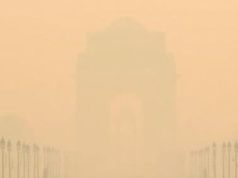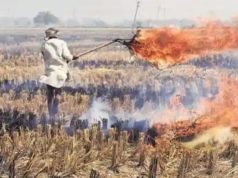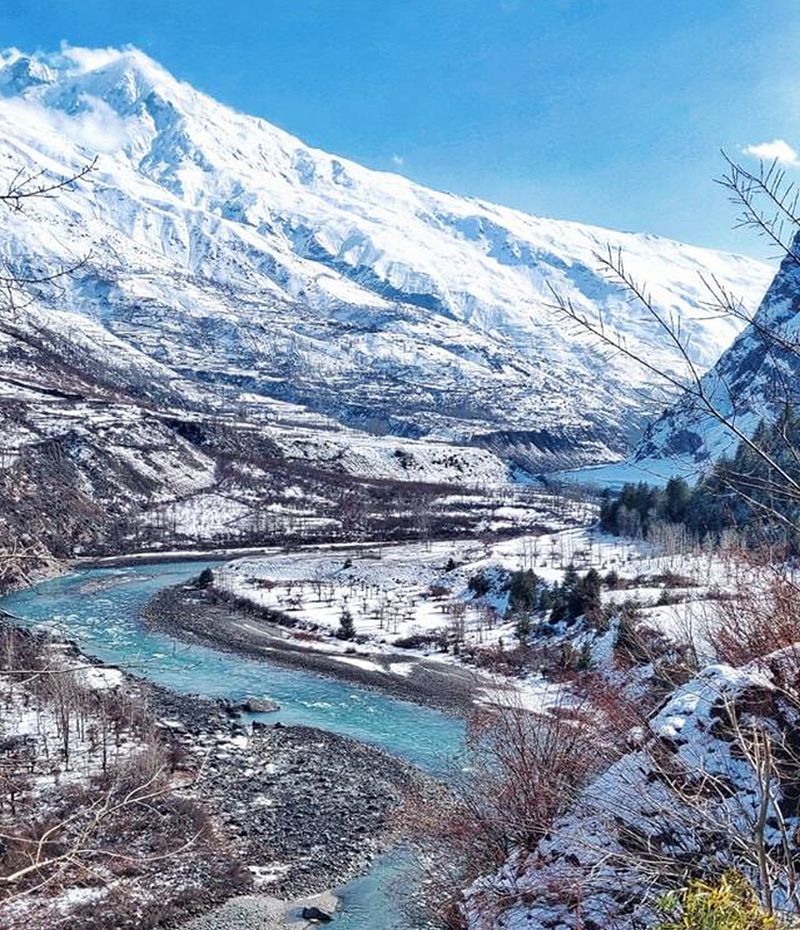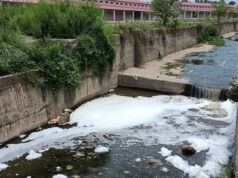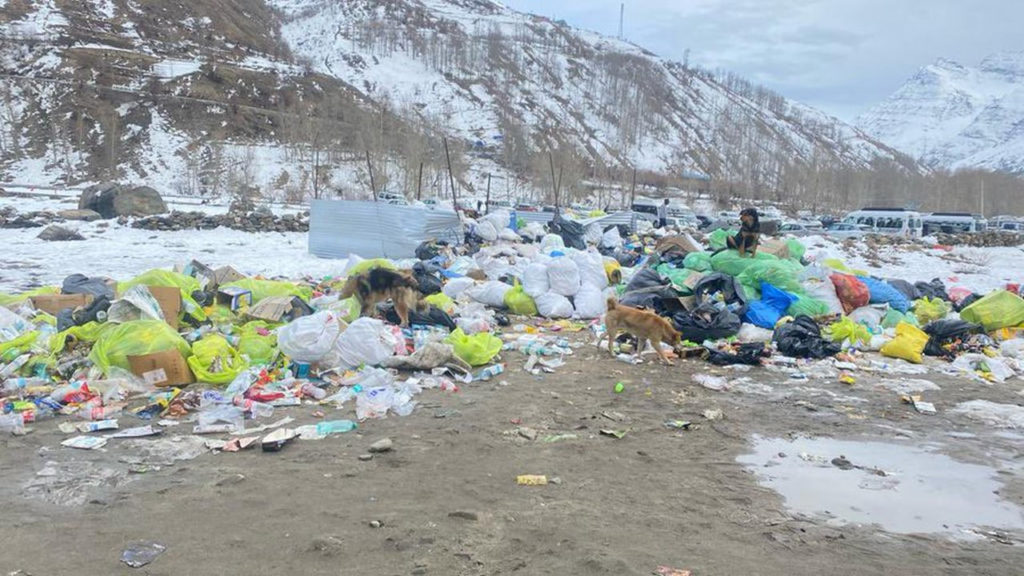
In a stark revelation, “Tourists Leaving Trail of Garbage” in the serene Lahaul-Spiti region of Himachal Pradesh has set off alarm bells over the precarious future of this once-pristine Himalayan haven. The newly opened Atal Tunnel Rohtang has unleashed an unprecedented surge in tourist arrivals, resulting in a disheartening display of environmental negligence. The fragile ecosystem is now grappling with garbage pollution along the Manali-Sissu road, coupled with escalating air and water pollution, painting a grim picture of what lies ahead for this natural paradise.
Founder of Healing Himalayas, Pradeep Sangwan, recently shared a poignant image on social media, capturing the extent of the environmental degradation as tourists leave a trail of garbage along the routes of Sissu and Koskar.
This visual evidence underscores the urgent need for collective action to address the reckless behaviour that is unravelling the very fabric of Lahaul-Spiti’s pristine landscapes.
A closer examination of the situation reveals an alarming surge in tourist traffic, with over 30,000 vehicles inundating the Lahaul region in the past week alone. The emissions from these vehicles, predominantly large SUVs and tourist buses are not only contributing to air pollution but are also infiltrating the snow, posing a direct threat to the purity of the water sources.
Research on the impact of such pollution on water bodies reveals the potential for irreversible damage. The contamination of the region’s snow poses a significant risk to the Beas River and its tributaries, crucial sources of water for the entire region. The delicate balance of aquatic ecosystems is in jeopardy, and the implications for the local population are severe, with their livelihoods and access to clean water at stake.
Air pollution exacerbates the crisis, accelerating the melting of the snow and intensifying water scarcity in Lahaul-Spiti. Concerns are mounting over the long-term impact on this Himalayan sanctuary, as unchecked tourism threatens to redefine its landscapes with polluted water sources and degraded environments.
Social media platforms are abuzz with discontent, and the sentiment is clear – the current trajectory is unsustainable, and decisive action is urgently needed. Calls for aggressive advertising campaigns to foster public awareness, the engagement of volunteers to monitor and report violations, and the implementation of strict penalties for offenders are resonating across online communities.
It is a precarious juncture for Lahaul-Spiti, and the responsibility lies not only with local authorities but also with conscientious tourists. The economic gains from tourism should not come at the cost of irreparable environmental damage. Lahaul-Spiti, a sanctuary for nature lovers, is on the brink, and it is imperative that we act collectively to ensure its preservation. The alternative is a bleak future where the once-pristine landscapes are marred by pollution, and the essence of Lahaul-Spiti as a Himalayan sanctuary is lost for generations to come.




